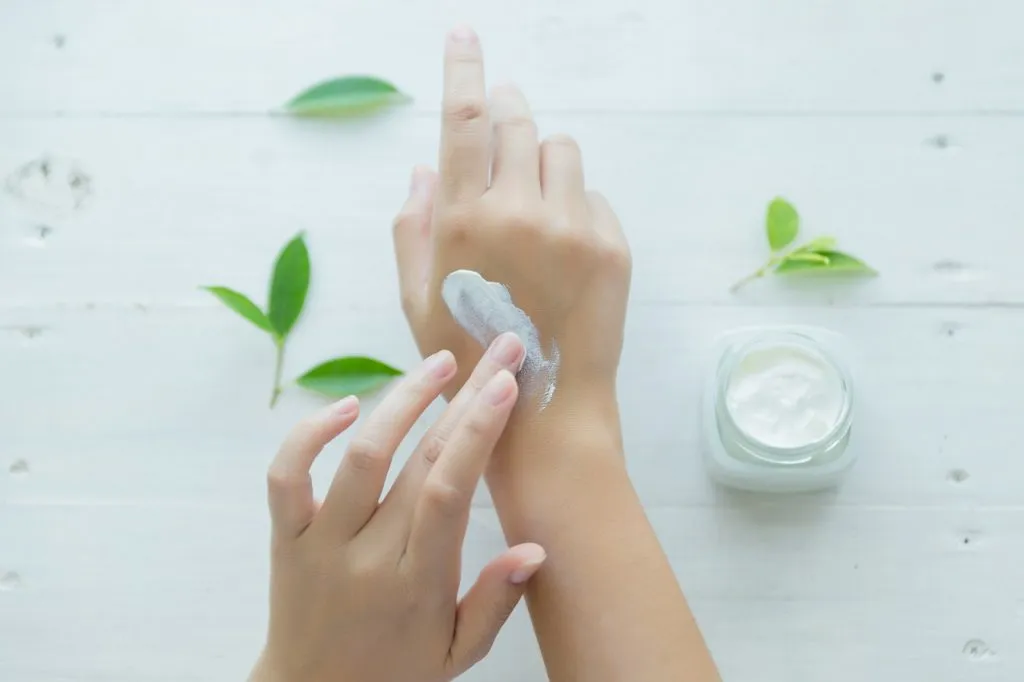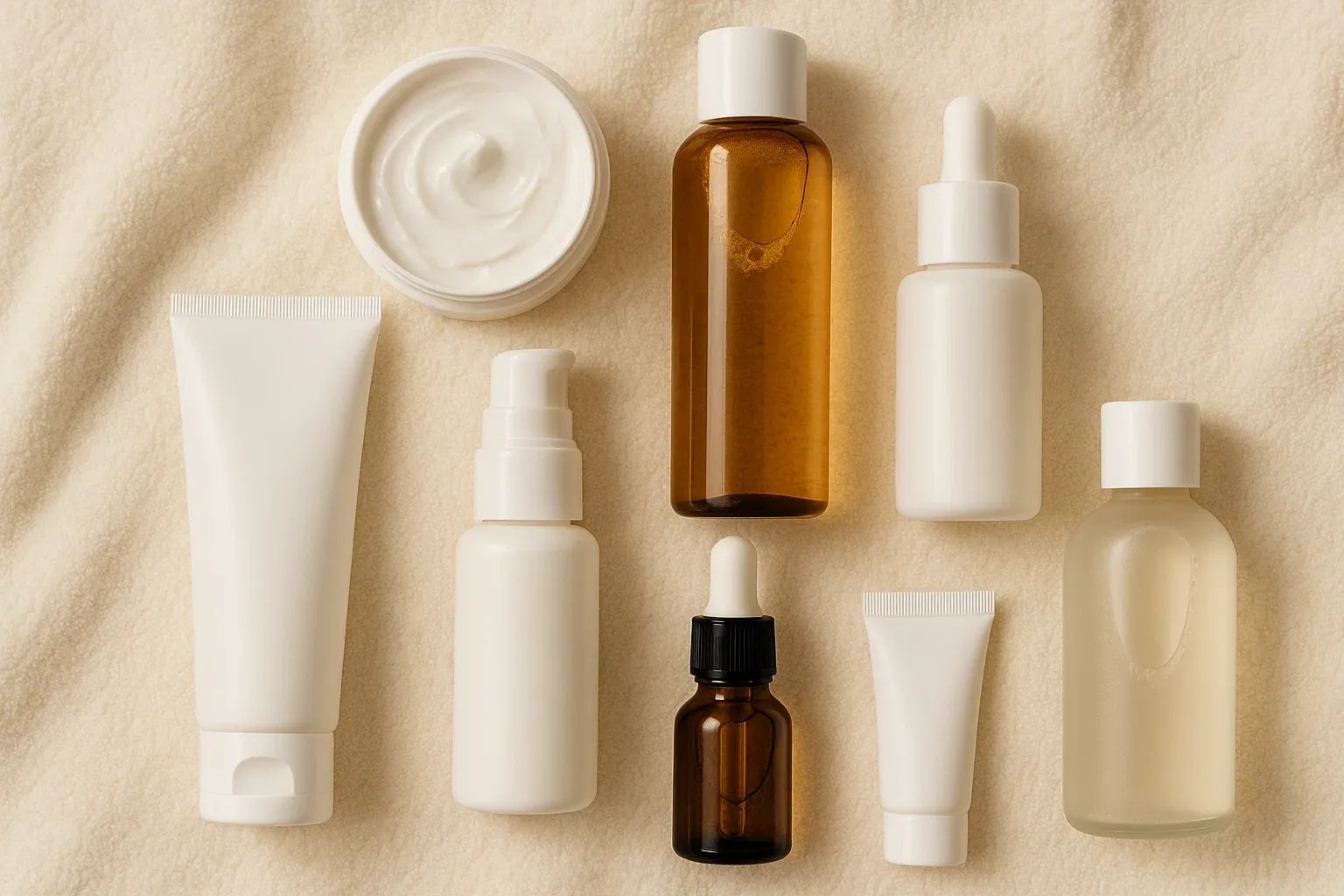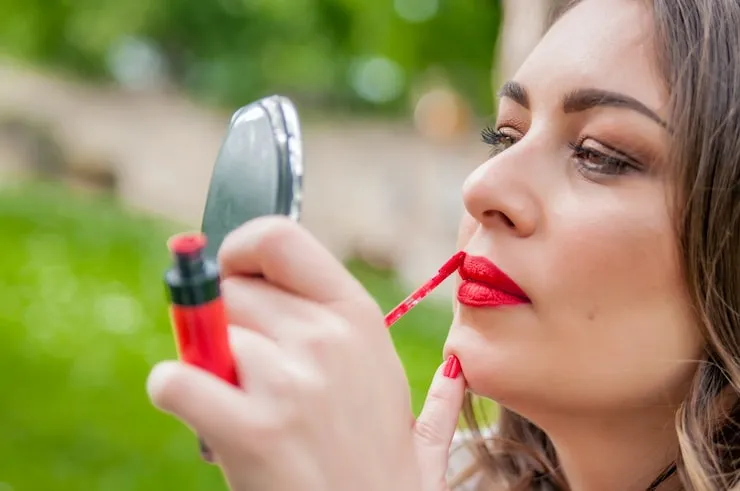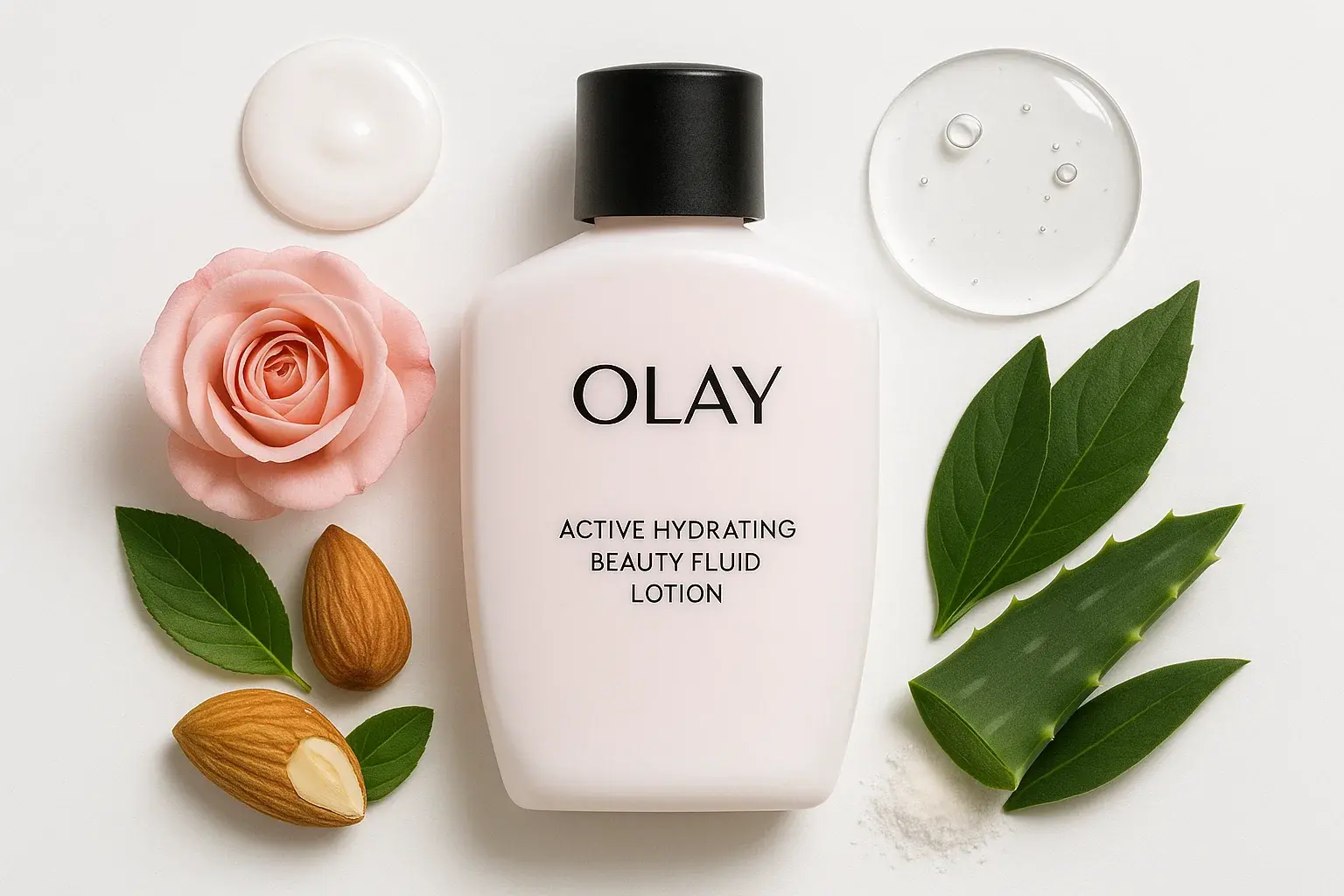Winter brings cold air, low humidity, and indoor heating. These can harm the skin. Dryness, flaking, and tight skin may appear. With care, skin can stay healthy. Below are ten tips that can be followed easily.
Cold air, indoor heating, and low humidity can steal moisture from your skin. The harsh winter wind adds to the dryness, leaving your face, hands, feet, and other exposed areas dull and rough. Still, simple care steps can help your skin stay soft and healthy, even when the temperature drops and the air feels dry and cold.
Top 10 Tips To Take Care Of Skin In Winter 2025
1. Hydration From Inside Is Required
Even in cold months, internal hydration is important. Water should be consumed throughout the day. Herbal teas, broths, or fruit water can help too. When water intake is low, skin is more likely to feel tight and dry.
2. Use a Gentle, Hydrating Cleanser
In winter, harsh foaming cleansers should be avoided. A creamy or hydrating cleanser is preferred. The skin barrier should not be stripped. Cleansing should be done with lukewarm water, not hot water, so that natural oils are not removed.
3. Apply Moisturizer Immediately After Cleansing
After cleansing, a moisturizer must be applied on slightly damp skin. This helps to trap moisture. Rich creams or emollient products with ceramides, shea butter, or glycerin are good choices. Thicker formulas are suitable in colder weather.
4. Use a Humidifier in Indoor Spaces
Indoor heating reduces moisture in the air. This causes skin to lose water more quickly. A humidifier can add moisture back into the room. It is best placed near where you spend long hours — for example, in the bedroom or living room. Humidity levels of 40–60 % are ideal.
5. Limit Long, Hot Showers or Baths
Hot water feels nice in winter. But long, hot showers can damage the skin barrier and cause more dryness. Showers of 5–10 minutes with lukewarm water are better. After the shower, pat skin dry gently (do not rub hard). Then apply moisturizer promptly.
6. Gentle Exfoliation Only
Dead skin cells tend to build up in cold weather, making the skin look dull. But aggressive scrubs should be avoided. Instead, mild chemical exfoliants (e.g. low-percentage alpha hydroxy acids, polyhydroxy acids) are safer.
These can be used 1–2 times per week, depending on skin tolerance. The trend of skin cycling (rotating actives and recovery nights) is recommended to protect the skin in winter. Newport Dermatology & Laser Associates
7. Repair and Protect the Skin Barrier
Winter stresses the skin barrier. It should be supported via ceramides, fatty acids, niacinamide, and occlusive lipids (like squalane or dimethicone). After cleansing and exfoliating (on active nights), recovery nights should focus on barrier repair. This helps reduce irritation and water loss. The “skin cycling” method is trending in 2025 for exactly this reason.
8. Do Not Skip Sunscreen Even in Winter
Though it is cold, UV rays are still present. They can damage skin and cause pigmentation. A broad-spectrum sunscreen (SPF 30 or higher) should be applied daily, even on cloudy days. This trend is part of what is being termed “souped-up sunscreens” in 2025 — stronger, multitasking formulations.
9. Eat Skin-Friendly Foods
Nutrition supports skin in winter too. Foods rich in omega-3 fatty acids (like flax, chia, fish) help maintain skin health. Antioxidant foods (berries, citrus, nuts) reduce oxidative stress. Seasonal fruits with vitamin C are beneficial. In India and nearby regions, winter fruits such as oranges, pomegranate, and guava are prized for skin glow.
10. Simplify the Routine; Use Multitasking Products
2025 shows a shift towards simpler skincare routines with multifunctional products. Complex routines with many steps are being replaced. Use products that combine hydration, barrier repair, and protection so that fewer layers are needed. This reduces the risk of irritation in winter. Also, using fewer, but better, products ensures consistency in your routine.
Additional Notes & Tips
Patch test new products before applying them fully, especially in winter when the skin may be more reactive.
- Layer smartly: light products first (serums, essences), then richer creams, then occlusives (if needed) to seal. This helps each product absorb properly.
- Night routines matter: night time is when skin repair happens. Use richer, deeply hydrating products at night.
- Travel with care: during flights or cold outdoors, protect your skin with scarves, gloves, and carry a travel moisturizer and sunscreen.
- Monitor changes: if very flaky, itchy, or cracked skin occurs, it may signal a barrier damage or skin condition (eczema, psoriasis). Consulting a dermatologist is advised.
Trend awareness: newer ingredients like PDRN, exosomes, or skin-cycling systems are being explored in skincare in 2025. But conventional barrier repair and hydration remain essential.
Conclusion
Winter skin care is all about protection, hydration, and barrier support. The cold air and indoor heating demand that extra care must be taken. By using gentle cleansers, richer moisturizers, avoiding harsh exfoliation, supporting the barrier, consuming skin-friendly foods, and simplifying your routine, your skin can remain healthy and radiant all winter.
The trend in 2025 is toward minimalism, multitasking products, skin cycling, and smart barrier repair but core principles of hydration and protection never change. With these ten tips, winter need not dull your glow.







